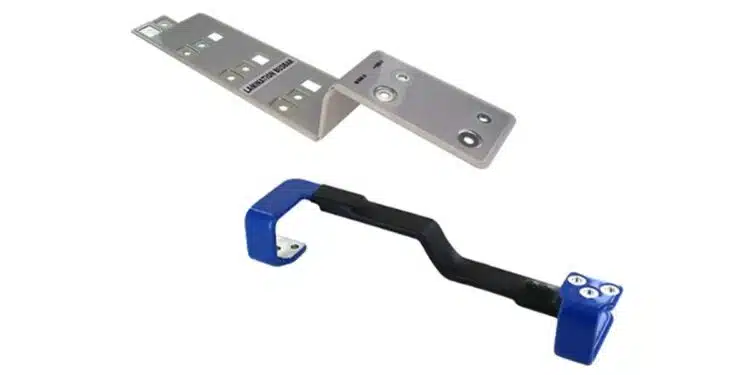Exxelia SVM Private Limited is proud to offer a comprehensive range of bus bars tailored to the demanding requirements of power electronics applications.
Whether it’s laminated, molded, or insulated bus bars with resin or powder coatings bus bars, each solution is meticulously designed for optimal performance.
Multilayer laminate busbars are key components in modern power distribution systems. These precision-manufactured conductors combine efficient power handling with integrated safety features through their laminated construction. The design allows for customized current capacity and voltage isolation requirements while maintaining compact dimensions.
Exxelia SVM’s Custom-Engineered Configurations
- Single conductor laminated designs for straightforward applications
- Multiple conductor single lamination systems for enhanced power distribution
- Advanced 2, 3 or 4 layer configurations for complex power requirements
- Custom-engineered assembly solutions for specific needs
Premium Materials for Superior Performance
Conductor Technology
- Premium ETP copper (99.9% pure) for maximum conductivity
- Optional tin plating for enhanced corrosion resistance and contact efficiency
- CNC-precision manufacturing for exact specifications
Insulation Systems
- High-performance Bus bond (SHELDAHL) adhesive-coated PET films (3.5-14 Mils)
- Single and double-sided adhesive options available
- FR4/G10 glass laminate interlayer insulation (0.3-2mm)
- UL 94 V-0 rated flame-resistant glass insulation
Professional-Grade Hardware
- Premium stainless steel, phosphor bronze, and steel components
- Sourced from PEM Engineering and other industry-leading manufacturers
- Engineered for durability and reliable performance
Manufacturing Process
The manufacturing workflow incorporates several precision-controlled steps:
- CNC-machined cutting of conductor and insulation materials to specified tolerances
- Controlled lamination process with specified pressure and temperature parameters
- Conductor embossing for fastener and standoff integration, with placement accuracy to ±0.1mm
- Insulation thickness calibrated to meet specific dielectric strength requirements (Hi-POT)
- Multi-layer assembly with interlayer insulation positioning based on thermal and electrical specifications
Implementation Sectors
The multilayer laminate busbars are utilized across multiple industrial sectors:
- Medical Imaging (MRI, CT scans)
- Renewable Energy Generation (Wind and Solar)
- Power Electronics Systems
- Aerospace Applications
- Defense Systems
- Transportation Infrastructure
Technical Functions
- Capacitor Link Interconnections
- DC Link Systems
- IGBT Power Module Integration
- Power and Measurement Component Assembly
- High Current Inductor Circuits
Technical Specifications Design Parameters
- Configurable current capacity based on conductor cross-section
- Voltage isolation ratings determined by insulation specifications
- Thermal performance optimized through material selection
- Mechanical strength verified through standardized testing
- EMI characteristics engineered through geometric design































